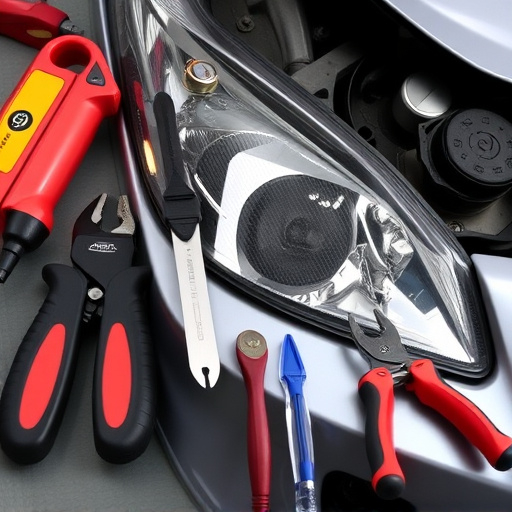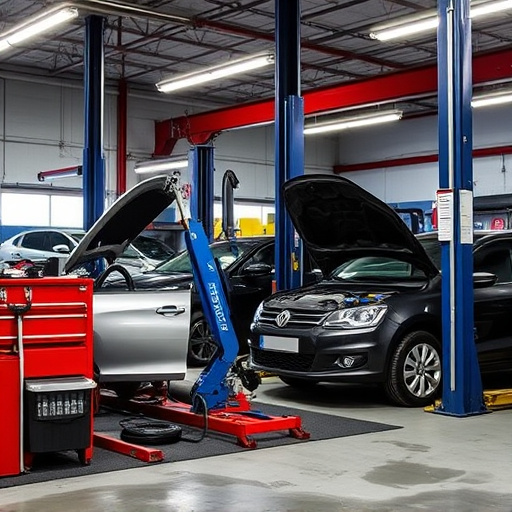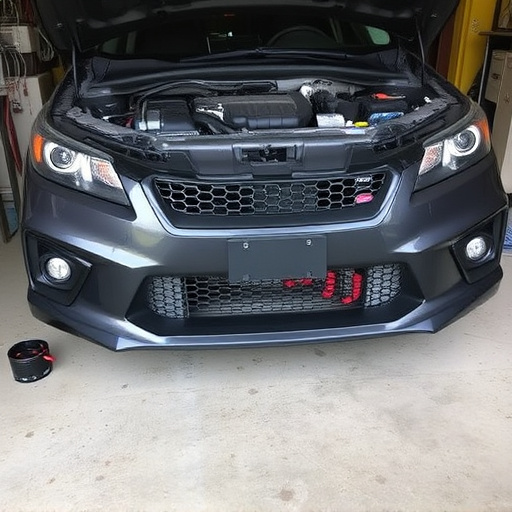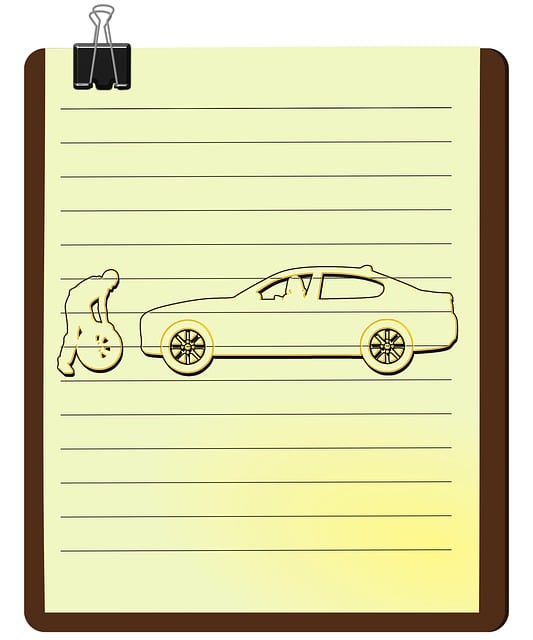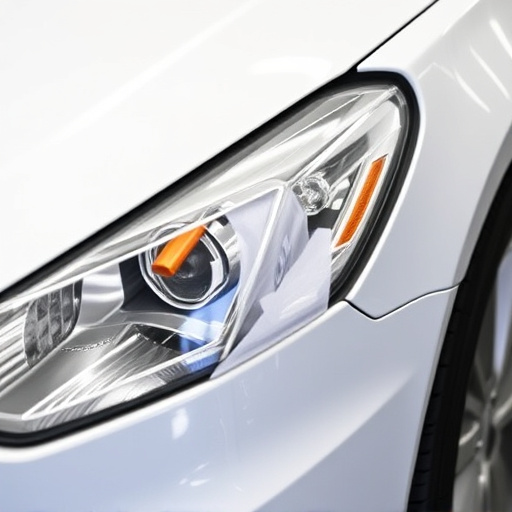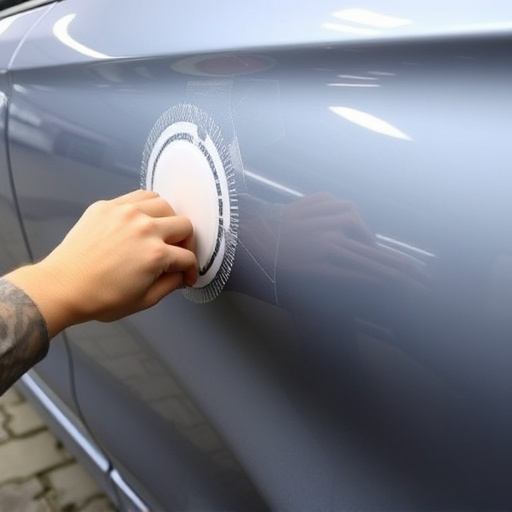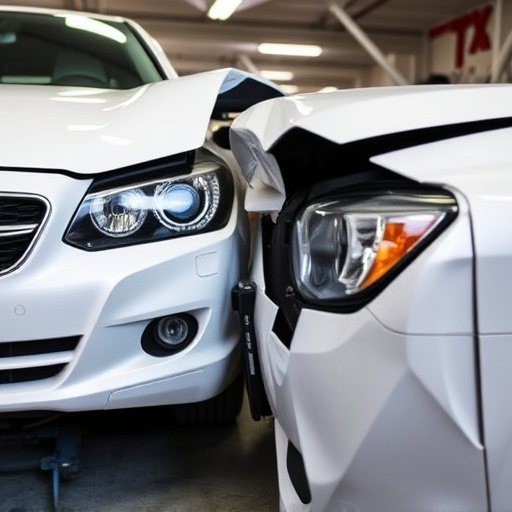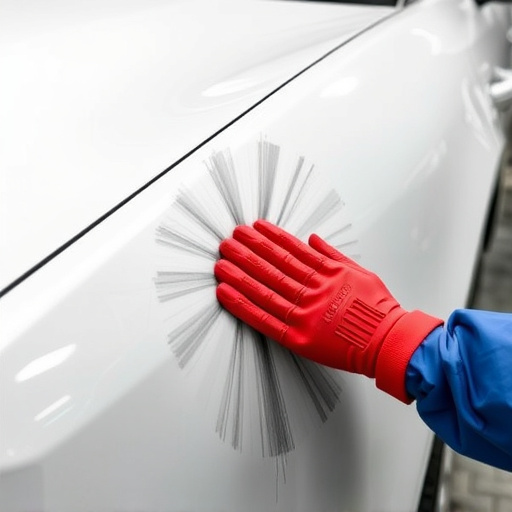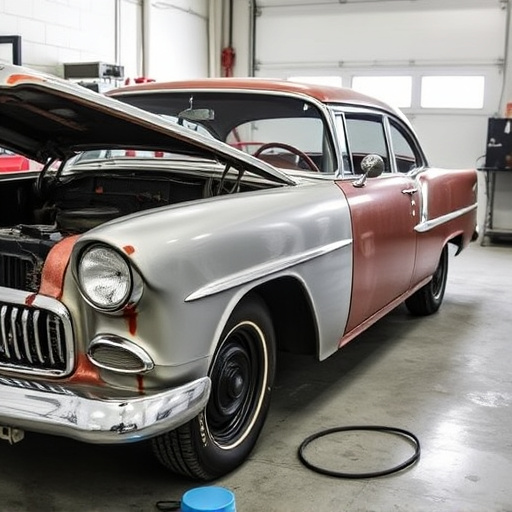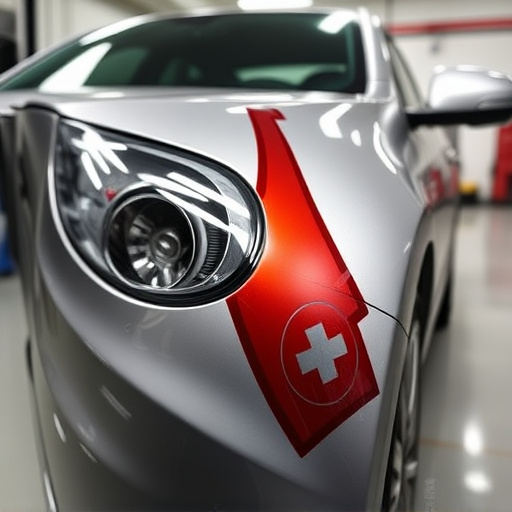Choosing between glass and plastic for rear window repair depends on cost, weight, and damage severity. Compatibility with car model is crucial for structural integrity and visual appeal. High-quality materials and warranties from reputable suppliers ensure durability and historical accuracy for classic cars. Rear window repairs require safety precautions, damage assessment, surface preparation, and precision to restore vehicle condition and functionality.
Are you ready to tackle that busted rear window and save some cash? Understanding the basics of rear window repair materials is crucial. This guide breaks down everything you need to know, from the types of repair materials available – glass vs. plastic – to essential factors in choosing replacement parts. We’ll also walk you through a step-by-step process for successful repairs. Get ready to restore your vehicle’s clear vision and enhance safety on the road.
- Types of Rear Window Repair Materials: Glass vs. Plastic
- Factors to Consider When Choosing Replacement Parts
- Step-by-Step Guide for Successful Rear Window Repairs
Types of Rear Window Repair Materials: Glass vs. Plastic
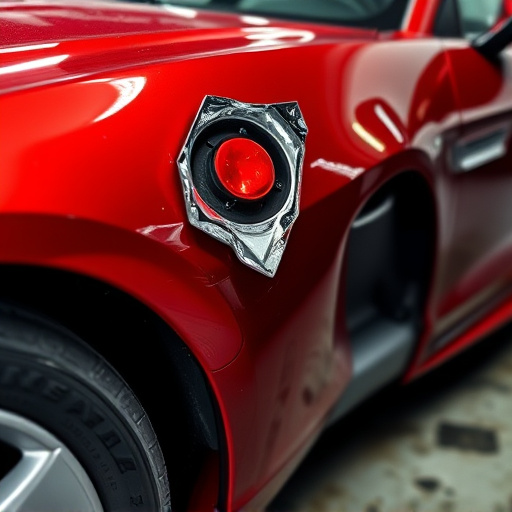
When it comes to rear window repair, one of the primary considerations is choosing between glass and plastic as the replacement material. Both have their merits in terms of cost, durability, and aesthetic appeal. Glass, a traditional choice for automotive windows, offers clarity and strength. It’s highly durable and resistant to shattering, making it a reliable option for rear window repair. However, glass can be more expensive than plastic, and its weight may pose challenges during installation, especially in larger vehicles.
On the other hand, plastic has gained popularity for rear window repair due to its cost-effectiveness and lightweight nature. Plastic windows are easier to install and replace, making them a quicker solution for minor damages or breaks. While they might not offer the same level of clarity as glass, advancements in plastic manufacturing have significantly improved their transparency. For those seeking a budget-friendly option for collision damage repair or car dent repair, plastic is often the preferred choice, considering its ease of installation and resilience against shattering.
Factors to Consider When Choosing Replacement Parts
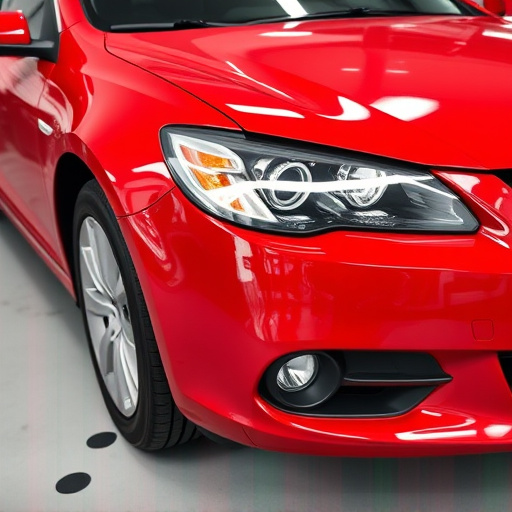
When considering rear window repair or replacement, several factors come into play, ensuring you make an informed decision for your vehicle’s safety and aesthetics. One of the primary concerns is compatibility; the new part must precisely match your car model and year to fit seamlessly. This precision is crucial for both structural integrity and visual appeal. Additionally, checking the quality of materials used in manufacturing is essential. Opting for high-quality glass and frames guarantees longevity and resistance to cracks and breaks.
Furthermore, the reputation of the supplier or manufacturer should be taken into account. Reputable car repair shop brands often offer parts with warranties, providing peace of mind. For classic car restoration enthusiasts, ensuring that replacement parts align with original specifications is vital to maintaining historical accuracy. Body shop services specializing in such repairs can offer expert advice and high-quality components tailored to your classic vehicle’s unique needs.
Step-by-Step Guide for Successful Rear Window Repairs
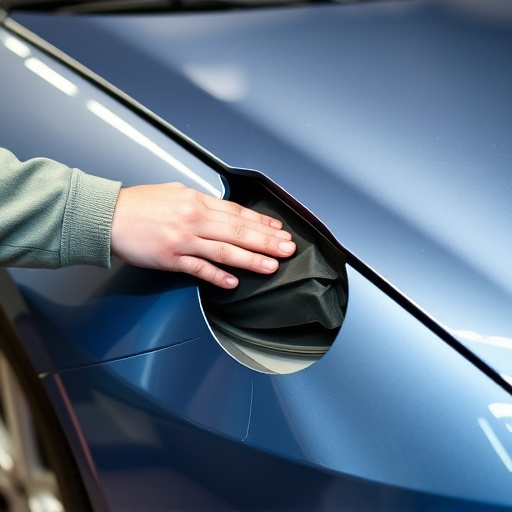
Rear window repairs are a specialized task that, when executed correctly, can bring your vehicle back to its pre-accident condition. Here’s a step-by-step guide for successful rear window repairs:
1. Safety First: Begin by ensuring the safety of yourself and others around you. Use personal protective equipment (PPE) like gloves and safety glasses. Remove any debris or broken glass from the area to avoid injury.
2. Assess Damage: Carefully inspect the rear window for cracks, chips, or breaks. Take note of the extent and location of the damage. This step is crucial in selecting the right repair materials, whether it’s a replacement glass or a repair kit. For complex cases, consult with an automotive body shop specializing in Mercedes Benz collision repair to ensure precision and quality restoration.
3. Prepare the Surface: Clean the area around the damaged window thoroughly. Remove any dirt, dust, or residue that might interfere with the adhesion of the repair materials. This ensures a smooth application and long-lasting results.
4. Choose the Right Materials: Depending on the severity of the damage, select either a replacement rear window or a repair kit. For minor cracks or chips, a repair kit is often sufficient. However, for larger breaks, a complete glass replacement might be necessary. If you’re unsure, consult with an expert at your local automotive body shop.
5. Install or Apply: Follow the instructions provided with your chosen materials carefully. For a replacement window, carefully remove the old glass and install the new one, ensuring proper alignment and sealing. With a repair kit, apply the resin or filler according to the manufacturer’s guidelines, covering the damaged area completely.
6. Cure and Test: Allow the repair materials to cure fully as per the product instructions. Once cured, test the window for any leaks or improper alignment. Adjust if needed before finalizing the repair.
Understanding the different materials and factors involved in rear window repair is key to ensuring a successful and safe replacement. By knowing the distinction between glass and plastic, as well as considering essential aspects like compatibility and quality, you’re better equipped to make informed decisions. Following a structured guide for rear window repairs allows for precise, efficient work that restores your vehicle’s safety and aesthetic appeal. Remember, proper materials and meticulous attention to detail are paramount in achieving optimal results for any rear window repair job.
